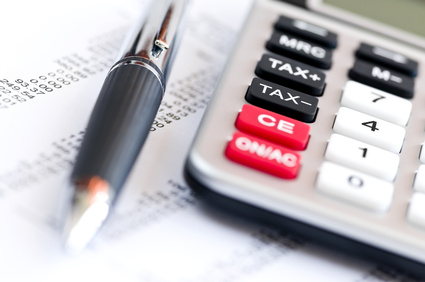Anyone contemplating entering an Individual Voluntary Arrangement (IVA) or engaging in a Debt Management Plan (DMP) or who may be thinking of petitioning for their own Bankruptcy (BKY) already knows that they are in financial difficulty.
To address the problem it is first necessary to quantify it. One task is to establish the amount of debt that is to be repaid. This can usually be established reasonably quickly by for example totting up the balances on the most recent creditor statements to hand. Provided no debts are omitted this can provide at least a ballpark figure for liabilities.
Calculating disposable income is a bit trickier. The usual process is to work out total income and total spending on a monthly basis and subtract one figure from the other and what remains is monthly disposable income. If you put these figures down on paper you have a simple Income and Expenditure Statement.

To be accurate, it is important that all sources of income are included: wages, salaries, housing benefits, child benefit, tax credits, pensions, dividends and interest earned on savings accounts, lodger rental or other income from letting property and so on. Household income should include the income of both partners and the contributions of any non-dependent children to the household budget. Income should be net of all taxes & national insurance deductions and any mandatory contributions to pension schemes.
Spending should include all reasonable living expenses. Start with the ‘must’ pay bills such as mortgage or rent or cost of lodgings and car HP. Next summarize all food and housekeeping expenses for the family and the cost of utilities such as water gas and electricity.
Then list all the normal items of expenditure one by one: telephone, mobile, internet, sky, TV license, life and property insurances, vehicle costs (fuel, parking, car insurance, car tax, repairs & servicing), medical optical & dental costs, clothing & footwear, costs incurred by children ( school meals, school trips and activities, sports & hobbies, pocket money, transport), laundry & dry cleaning, hairdressing, newspapers & magazines. If you have a pet you must allow for insurance & upkeep. If you smoke than unless you are sure you are giving up the habit this expenditure must be listed. Modest contributions to church or charity should be included if applicable. Any special unavoidable expenses (e.g. special diet for a family member) should be included. Finally a small amount should be included for sundries & emergencies.
While it sounds like a tedious process, it is worthwhile doing. At the end you will know how much is available to offer to your unsecured creditors (credit cards, loans, overdrafts) on an ongoing basis. When you go to an insolvency practitioner (IP), having these figures available will speed up the advice process and you will see clearly what your options are. Whether you ultimately choose an IVA a Debt Management Plan, BKY or some other financial solution, you will know that it is based on the real financial reality of the cost of living. Your IP will be delighted to review and tweak your I&E appropriately and advise you on all your options and you should incur no cost for obtaining this advice.